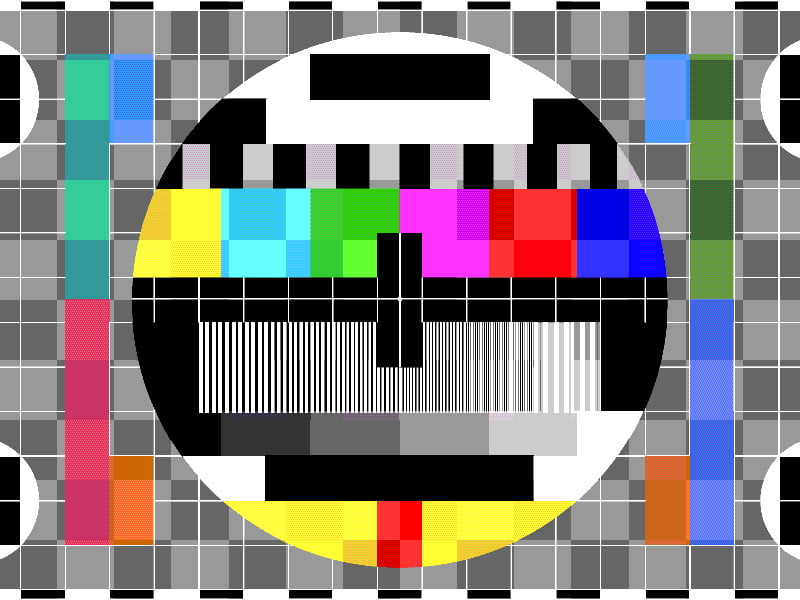OPINION: According to the government, “the business model of Australia’s free-to-air television business is under severe strain”.
In November last year, the government released a “Media Reform Green Paper” seeking views on five measures to address the current situation.

While arguing that the next stage of media reforms will “better support the Australian media industry and enhance the range and quality of services and content to all Australians”, it is unclear how this is to occur.
What Australians want to know is when will DVB-T2 broadcasting, which supports 4K Ultra HD and is now found in most digital televisions sold in Australia, will be rolled out here.
The last round of media reforms had a profoundly detrimental effect on the media industry and has led to a concentration of media ownership in Australia that is skewing the political messaging to the right and reducing the diversity of media available to consumers.
It appears that the aim of the government’s media reforms is to convince the media industry to agree to reforms that ultimately don’t address the underlying problems facing it.
Rather than looking at the problem from the government’s and media industry’s perspective, the government should have taken a consumer view point, and then identified how the media landscape should be reformed to support what consumers want.
Australians have been purchasing 4K Ultra HD televisions for more than six years, and it is timely to remember that the first 4K Ultra HD television was sold in the US in October 2012.
Yet here we are in 2021 and the free-to-air television networks still do not transmit using the DVB-T2 standard that supports 4K Ultra HD and 8K Ultra HD. In many European countries, televisions sold after 1 January 2017 were required to include DVB-T2. This means that our televisions also include DVB-T2.
A preliminary trial of DVB-T2 was carried out in 2018 and a second phase trial occurred in 2019 in Brisbane and on the Gold Coast. The organisations that carried out the trials included TX Australia, Broadcast Australia and Free TV. TX Australia is a joint venture company of the Seven, Nine and Ten television networks.
In Europe, it is anticipated that DVB-T2 will reach more than 75 per cent of homes by 2022. Across the world, DVB-T2 has now become a staple for television broadcasting.
In October 2020, a successful trial broadcast of an UHD 8K signal in DVB-T2 was carried out in Spain by the RTVE Institute, Sony and Samsung.
The Australian free-to-air to television networks appear to be waiting for government funding to assist with the move to DVB-T2.
It has become a uniquely Australian phenomena for major infrastructure projects, including upgrades, to only occur after government has made a significant financial contribution. This means that taxpayers foot the bill for infrastructure that industries should be including in their forward estimates and operating budgets.
The media industry will be quick to point to the loss of advertising revenue over the past five years, as sport broadcasting has progressively shifted to pay-per-view and streaming media has grown in our market.
To combat this shift in the economics of free-to-air broadcasting, the government reduced limits on cross-media ownership in 2017 and this resulted in a consolidation frenzy, yet this does not appear to have solved the underlying fiscal problems faced by an industry that is now facing concerted competition.
Free-to-air television networks argue that they need to increase the amount of advertising per hour to address the income shortfall, and Australia now has 13 minutes per hour during prime-time and 15 minutes at other times. Channels such as Go! And 7Mate have 15 minutes during prime time and 16 minutes at other times.
In the UK, the average is seven minutes per hour with a cap of 12 minutes per hour in prime time.
The Australian government’s media reform measures include:
- offering commercial broadcasters a one time, irrevocable choice to operate under a new commercial television broadcasting licence, with a reduced regulatory burden, provided they agree to move at a future point to using substantially less radiofrequency spectrum
- promoting the public interest derived from spectrum by encouraging multiplex sharing by broadcasters
- introducing an investment obligation for subscription and advertising video-on-demand services, with details to be further developed over the next 12 months
- investing in the future, by using the proceeds raised through the reform process to fund public policy initiatives that deliver value for the Australian public and support the media sector, and
- formalising the role of national broadcasters as key providers of Australian content.
These measures don’t address the underlying problems facing the free-to-air television networks directly, though they may tackle some of the side issues indirectly.
Why is the government fixated on reducing the spectrum available to the free-to-air television networks? Because the spectrum can be auctioned to the mobile network operators. The argument follows that this revenue might be used to partially fund the move to DVB-T2.
One consequence of the effort to reduce spectrum availability will be the over compression of the media irrespective of whether it is HD, 4K Ultra HD or 8K Ultra HD. We’re already seeing this occur over the second rate National Broadband Network due to the unreliable slow connections to many Australian homes.
What the Australian government should focus on is the fact that yet again due to its inaction and policy failure, Australia has fallen behind the rest of the world. Australian consumers are purchasing DVB-T2 capable 4K Ultra HD televisions in droves and the vast majority of content broadcast by free-to-air television networks is in the SD format. Yes, that’s right. No better than the analogue televisions that were phased out from January 2001.
Mark Gregory is an Associate Professor in the School of Engineering at RMIT University.
Do you know more? Contact James Riley via Email.


As a note, Analgue TV was not phased out until 2013 in Australia and many people even after that still held onto Analogue TV’s and used converter boxes. Digital TV started broadcasts in 2001, so you have inaccuracy in your final paragraph.
We have had T2 tuners available to us, but even today, mid way through 2023, many Analogue TV’s still are in service with set top boxes, so please don’t go pushing that 4K TV is such a benefit when majortiy of people don’t even know what T2 is out there and majority don’t care about 4K.
If Free to Air TV doesn’t do it and people desperately want 4K, they will move to streaming services, but that just is not the case in Australia s of me writing this.
There are much more pressing issues, such as cost of living, health care and national security, that people would rather money be spent on.
Great article, and I wonder if anyone has asked the viewing public what their reaction to more advertising would be? The quantity of advertisements already makes most programming unwatchable, and current limits do not include the obtrusive cross-promotions that have become part of FTA sports broadcasting.
The ratio is already a 30 second advertisment every 90 seconds of program material. Increasing it further will just drive more viewers away from FTA.